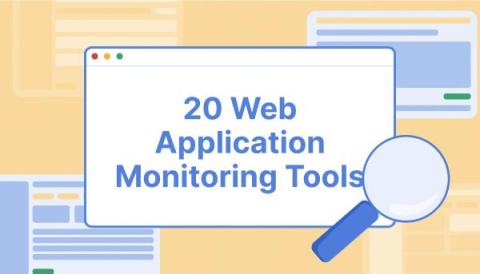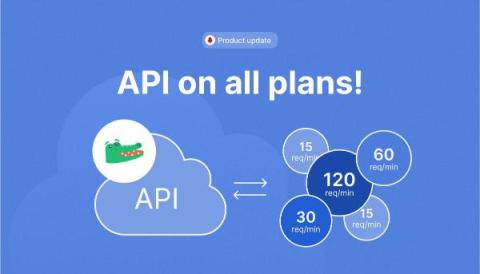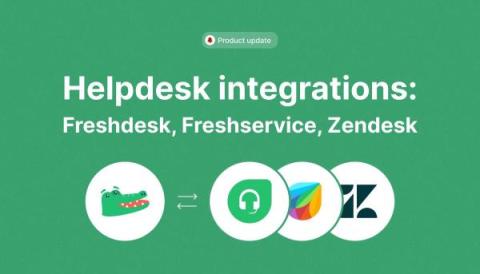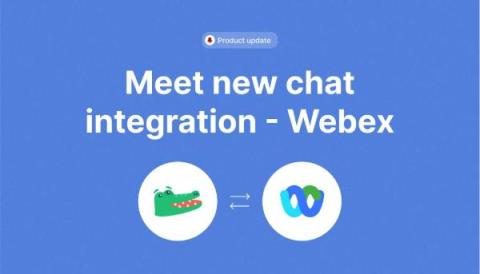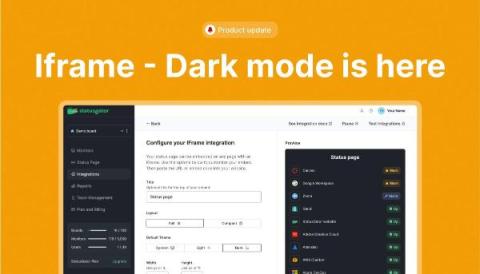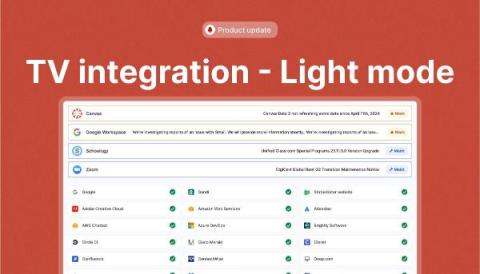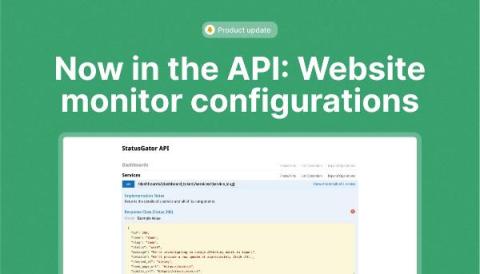Top 20 Web Application Monitoring Tools in 2024
Whether you run your web app or rely on third-party services such as HubSpot, Slack, Basecamp, and Gmail, staying on top of web applications has become a part of many businesses’ daily business activities. As a result, modern web application monitoring software has become necessary for every company. Web application monitoring software allows users to monitor and assess various aspects of web apps, including functionality, efficiency, and performance.


